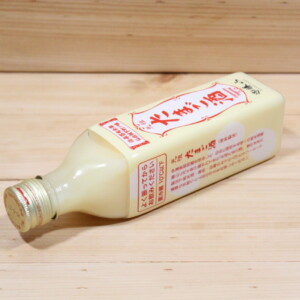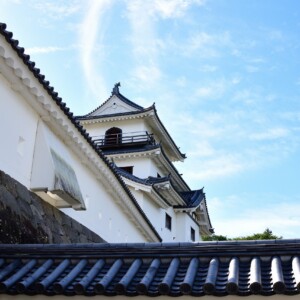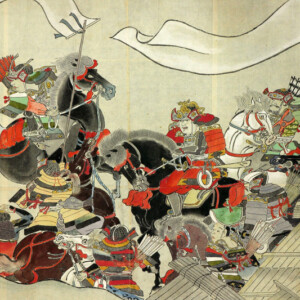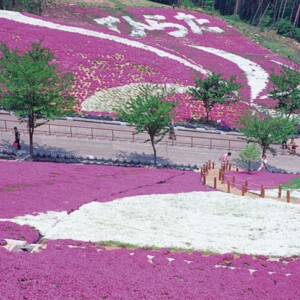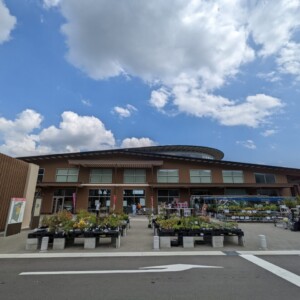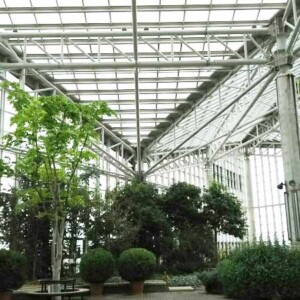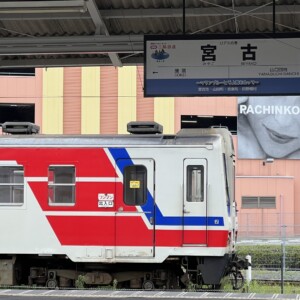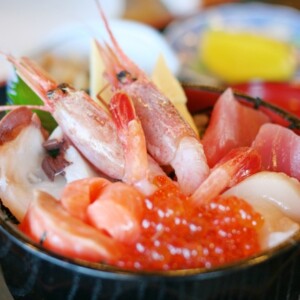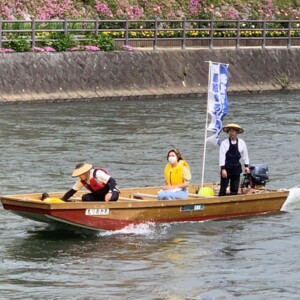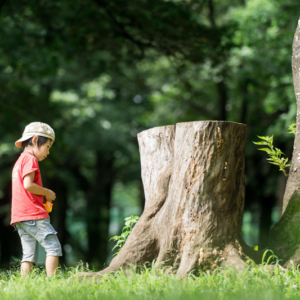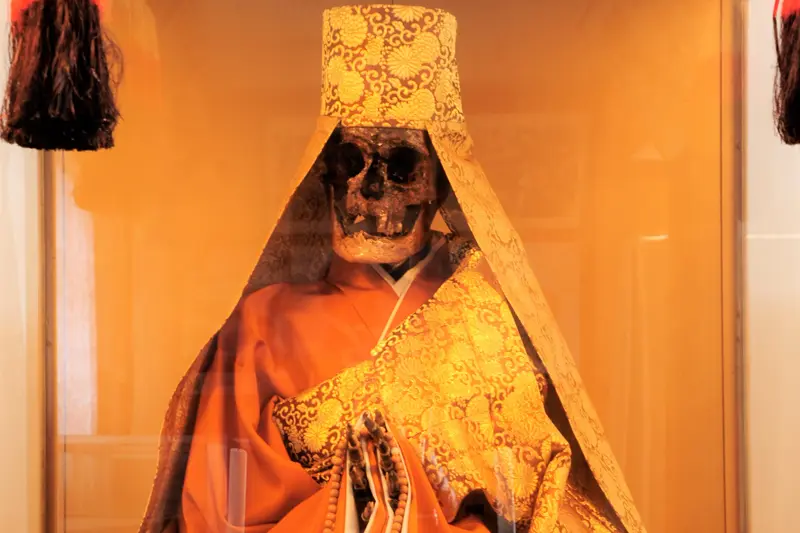
"Immediate Body Buddha" in Yamagata Prefecture and "Reincarnation Faith" in Yudonoyama
table of contents
- 1 What is the difference between a self-mummified monk and a mummy?
- 2 Temples in Yamagata Prefecture where self-mummified monks are enshrined
- 2.1 Yudonosan Churenji Temple, where the sokushinbutsu of Tetsumonkai is enshrined
- 2.2 Yudonosan Sohonji Temple, where the self-mummified monk Shinnyokai is enshrined, is the main temple of the temple, Rakusui-ji Dainichibo
- 2.3 Honmyoji Temple on Mount Fudo, where the self-mummified monk Honmyōkai is enshrined
- 2.4 Nangakuji Temple, the mountain where the sokushinbutsu of Tetsuryukai Shonin is enshrined
- 2.5 Sunatakayama Kaikoji Temple where the self-mummified monks Chukai and Enmyokai are enshrined
- 2.6 Zokoin Temple, where the self-mummified body of the monk Komyokai is enshrined
- 2.7 Kameizan Myojuin Temple, where the self-mummified body of Myokai Shonin is enshrined
- 2.8 Shoozan Joshin-an Temple, where the self-mummified body of a nun is said to be enshrined
the self-mummified monk remains in existence forever, watching over people.
At the end of their training, monks willingly choose to eat only nuts and wild vegetables, reducing the amount of fat in their bodies to the limit. When they reach the end of their life, they enter a stone chamber and fast until they reach their final moments
This is the most rigorous training, taking between 1,000 and 5,000 days. After three years and three months, the body is exhumed and enshrined as a sokushinbutsu
It is believed that there were many sokushinbutsu enshrined throughout Japan, but the number has drastically decreased due to various factors, including immature preservation techniques and grave theft, and as of 2022, only 18 have been confirmed (it is believed that there are many more if those whose existence is known but has not yet been confirmed are included).
*The photo at the top is of the self-mummified monk Komyokai of Kokoin Temple. ©Shirataka Town
What is the difference between a self-mummified monk and a mummy?
Let's briefly touch on the relationship between sokushinbutsu and mummies. Sokushinbutsu is understood to be a body that is created of one's own volition to prevent decay and then enter nirvana (taking one's own life), while mummies are created after death by someone else, with the organs removed and embalmed and dried. Mummies also exist in Japan, and are known to include the four generations of the Oshu Fujiwara clan, who are buried in the Konjikido Hall of Chusonji Temple (Hiraizumi Town, Iwate Prefecture).
Reference: Sokushinbutsu and Mummies, Dainichibo Temple, Takusui-ji Temple: http://www.dainichibou.or.jp/sokushinbutu/
"Mimira" is a Japanese word that is not used around the world. The most likely theory is that it is a translation of the pronunciation of mirra, which was used as a preservative in Portugal during the Edo period. In English, a mummy is called a mummy. Mummy is spelled exactly the same as the word for mother, and is still used in the UK (it's called mommy in the US). It's unclear why they are the same
Temples in Yamagata Prefecture where self-mummified monks are enshrined
Yamagata Prefecture officially houses eight statues (nine if you include one unidentified one) mainly in temples related to Mount Yudono. Yamagata Prefecture is home to the Dewa Sanzan mountains: Mount Haguro, where people pray for happiness in this world; Mount Gassan, where people pray for comfort and rebirth after death; and Mount Yudono, where people pray for reincarnation. In particular , the faith in Mount Yudono, which prays for eternal life, has produced many sokushinbutsu.
In Yamagata Prefecture, there are six temples where sokushinbutsu (self-mummified monks) are enshrined and open to the public: Churenji Temple, Dainichibo, Honmyoji Temple, Nangakuji Temple, Kaikoji Temple, and Zotakain Temple, as well as the privately owned Myojuin Temple
Yudonosan Churenji Temple, where the sokushinbutsu of Tetsumonkai is enshrined
Churenji Temple is a Shingon Buddhist temple founded by Kobo Daishi in 825. At the time, women were prohibited from visiting Mount Yudono, so it was built as a temple where women could worship
Many high priests trained at Churenji Temple and became sokushinbutsu (self-mummified monks), and six of these are enshrined at Churenji Temple, Honmyoji Temple, Nangakuji Temple, Kaikoji Temple (two), and Kannonji Temple (Murakami City, Niigata Prefecture). Churenji Temple houses the sokushinbutsu (self-mummified monk) of Tetsumonkai, who entered nirvana in 1830
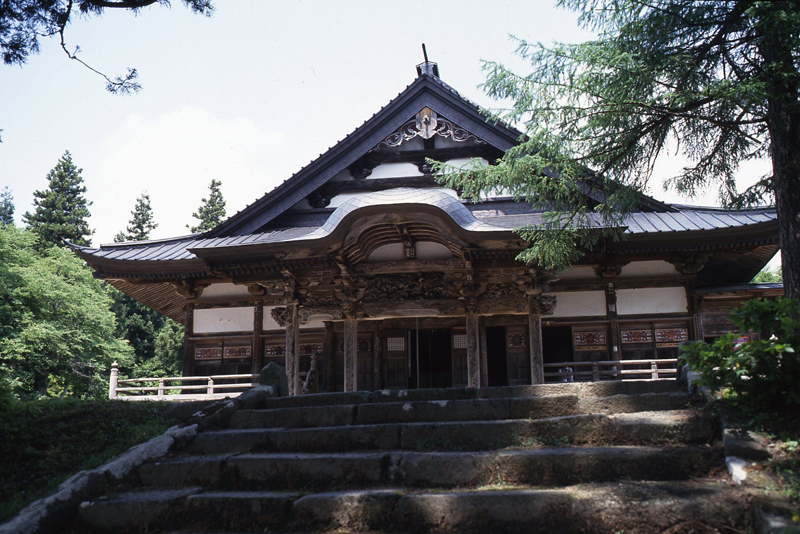
Churenji Temple is also the 31st temple of the 33 Kannon temples of Shonai, and the Kannon Hall (Kodenya) houses the Shikimibashokannon Bodhisattva, a secret statue of the Buddha (a 3 sun [approximately 9 cm] Kannon statue made by writing the name on shikimi leaves and mixing the powdered leaves with incense and lacquer). In 2009, the Michelin Green Guide Japan, a Japanese travel guide published by Michelin, awarded Churenji Temple and the self-mummified monk Tetsumonkai Shonin two stars (★★) as being "worth a visit," and the ceiling painting and crocodile bell (one of the largest in Japan, diameter: 5 shaku 5 sun [approximately 165 cm], weight: 100 kanme [approximately 375 kg]) one star (★)
INFORMATON
- Facility name: Yudonosan Churenji Temple
- Address: 92-1 Nakadai, Oami, Tsuruoka City, Yamagata Prefecture
- Phone number: 0235-54-6536
- Visiting hours:
- May-October/9:00-17:00
- November - April / 10:00 - 16:00
- Open all year round
- Admission fee: 500 yen for adults, 300 yen for children
- Railway: Approximately 45 minutes by bus bound for Yudonoyama from Tsuruoka Station on the JR Uetsu Main Line, then approximately 20 minutes' walk from Oami bus stop.
- Car: Approximately 30 minutes on National Route 112 from Yamagata Expressway Gassan IC
- URL: Shurenji Temple
GOOGLE MAP
Yudonosan Sohonji Temple, where the self-mummified monk Shinnyokai is enshrined, is the main temple of the temple, Rakusui-ji Dainichibo
Dainichibo is a Shingon Buddhist temple founded by Kobo Daishi in 807, and the head temple of the four Yudono-san temples . Like Churenji Temple, it was built as a temple where women could visit, as Yudono-san was a mountain where women were forbidden to enter.
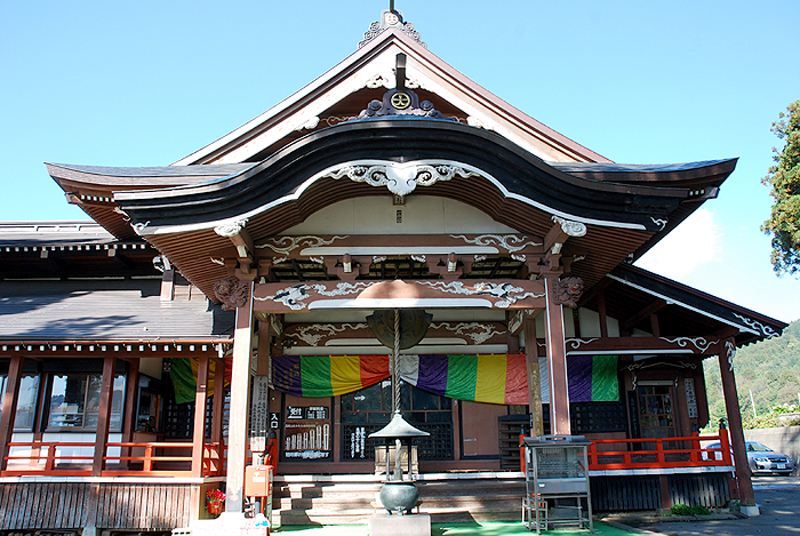
The self-mummified monk enshrined there is that of Shinnyokai Shonin, who entered nirvana in 1783. It is said that Shinnyokai Shonin underwent 70 years of training before becoming a self-mummified monk. The principal image is a secret Buddha statue, the Taikonryobu Dainichi Nyorai statue (Yudonosan Daigongen), said to have been made by Kobo Daishi himself. The gilt bronze standing statue of Shaka Nyorai is a designated Important Cultural Property of Japan
Dainichibo is the 9th temple of the 33 Kannon temples of Shonai, and the Kannon Hall houses 100 statues of the Hundred Hundred-Effect Kannon, which were given to the temple by the Sakai family, the feudal lords of Shonai, about 400 years ago
INFORMATON
- Facility name: Yudonosan Sohonji Temple, Ryusui-ji Temple Dainichibo
- Location: 11 Oamiza Nyudo, Tsuruoka City, Yamagata Prefecture
- Phone number: 0235-54-6301
- Visiting hours: 8:00-17:00 (Reception until 16:30)
- Admission fee: Adults 500 yen, Junior high school students 400 yen, Elementary school students 300 yen
- access:
- Train: Take the bus bound for Yudonosan from Tsuruoka Station on the JR Uetsu Main Line for about 45 minutes, then get off at Oami bus stop and walk for about 25 minutes
- By car: Approximately 40 minutes from Gassan IC on the Yamagata Expressway on National Route 112
- URL: Dainichibo
GOOGLE MAP
Honmyoji Temple on Mount Fudo, where the self-mummified monk Honmyōkai is enshrined
Honmyoji Temple is a Shingon Buddhist temple founded by Shingetsu Shonin in 1592

The monk Honmyokai, who is enshrined as a sokushinbutsu, trained at Churenji Temple and then entered Honmyoji Temple. He began his training to become a sokushinbutsu in 1673, and entered nirvana at Honmyoji Temple in 1683 at the age of 96
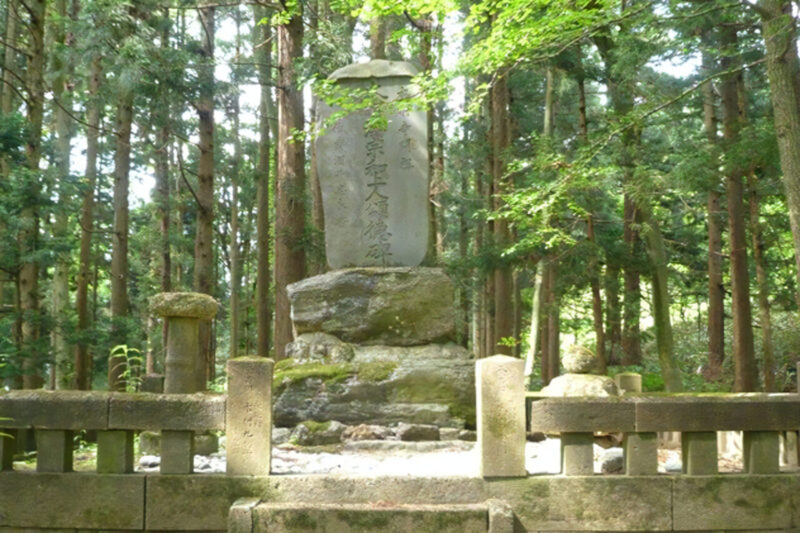
INFORMATON
- Facility name: Fudosan Honmyoji Temple
- Address: 388 Uchino, Higashiiwamoto, Tsuruoka City, Yamagata Prefecture
- Phone number: 0235-53-2269
- Visiting: Reservation required
- Open all year round
- Admission fee: Free
- Train: Take the bus bound for Yudonosan from Tsuruoka Station on the JR Uetsu Main Line for about 30 minutes, then get off at Higashibashi bus stop and walk for about 15 minutes
- By car: Approximately 5 minutes from Shonai Asahi IC on the Yamagata Expressway
- URL: Honmyoji Temple
GOOGLE MAP
Nangakuji Temple, the mountain where the sokushinbutsu of Tetsuryukai Shonin is enshrined
Nangakuji Temple is a branch temple of Churenji Temple and was established as a training center and prayer hall for those visiting Mount Yudono. However, due to repeated fires and other issues, the exact date of its founding is unknown
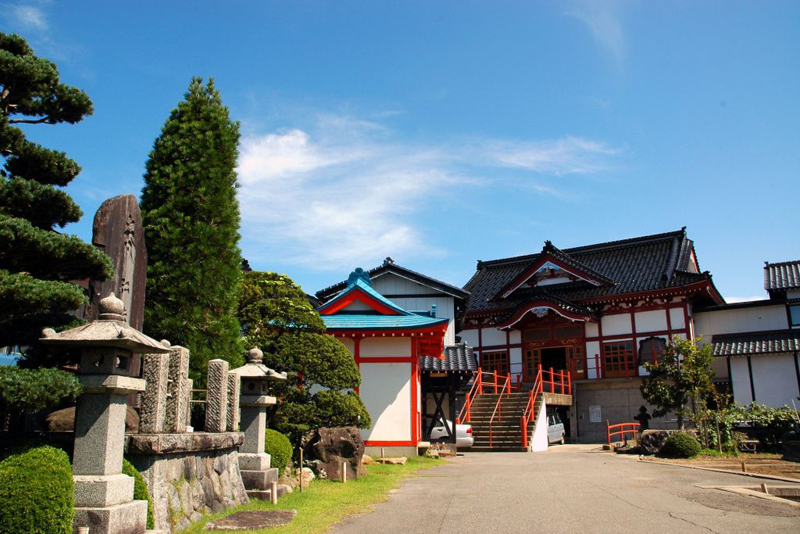
In 1956 (Showa 31), a fire at a neighboring house spread to Nangakuji Temple, reducing the entire temple to ashes. However, the principal image and the self-mummified monk Tetsuryukai survived the fire, and in 1973 (Showa 48), they were moved to their current location and the main hall was rebuilt
Nangakuji Temple is home to the Chonan Toshie Hall, which enshrines a Meiji-era psychic called Osanami Toshie. Chonan Toshie was arrested and tried for fraud, allegedly performing medical procedures using false psychic powers as a selling point, but he actually demonstrated his psychic powers during the trial and was found not guilty
Nangakuji Temple is the 29th temple of the 33 Kannon pilgrimages of Shonai
INFORMATON
- Facility name: Nangakuji Temple
- Address: 3-6 Sunadacho, Tsuruoka City, Yamagata Prefecture
- Phone number: 0235-23-5054
- Visiting hours: 8:30-16:30
- Closed: January 2nd, May 13th, August 14th
- Admission fee: Adults 400 yen, Children 300 yen
- access:
- Train: Approximately 20 minutes by bus from Tsuruoka Station on the JR Uetsu Main Line, then a 4-minute walk from the Nangakuji-mae bus stop
- By car: Approximately 5 minutes from Tsuruoka IC on the Yamagata Expressway
GOOGLE MAP
Sunatakayama Kaikoji Temple where the self-mummified monks Chukai and Enmyokai are enshrined
Kaikoji Temple is a Shingon Buddhist temple said to have been founded by Kobo Daishi 1,200 years ago, and was originally a branch temple of Churenji Temple
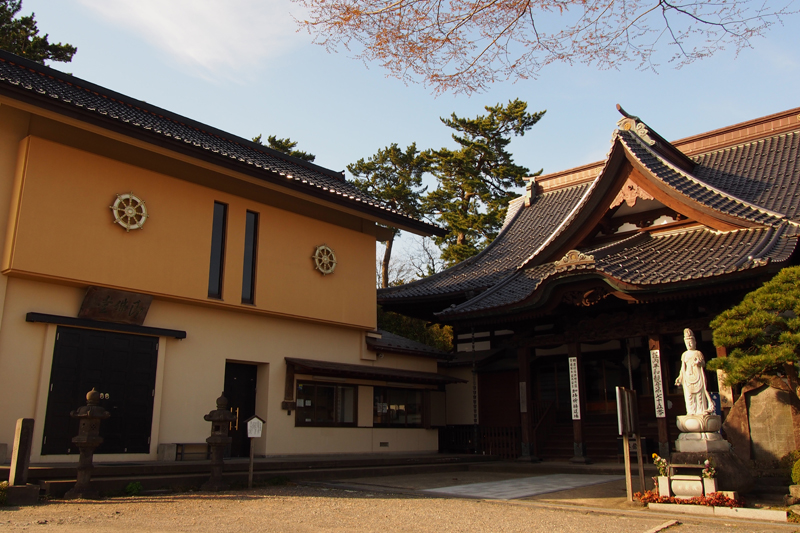
The Sokubutsu Hall houses two statues of the monk Chukai (who passed away in 1755) and the monk Enmyokai (who passed away in 1822). Kaikoji is the only temple in Japan that houses two Sokushinbutsu
INFORMATON
- Facility name: Sunatakayama Kaikoji Temple
- Address: 2-7-12 Hiyoshicho, Sakata City
- Phone number: 0234-22-4264 (Kaikoji Temple)
- Opening hours: 9:00-17:00 (9:00-16:00 from November to March)
- Admission fee: Adults 500 yen, high school students 300 yen, elementary and junior high school students 200 yen
- Closed: Tuesdays, January 1st to 3rd
- access:
- Train: Approximately 5 minutes by bus from Sakata Station on the JR Uetsu Main Line, then 5 minutes on foot from Kotobukicho bus stop
- By car: Approximately 17 minutes from Sakata IC on the Nihonkai Tohoku Expressway
- URL: Kaikoji Temple
GOOGLE MAP
Zokoin Temple, where the self-mummified body of the monk Komyokai is enshrined
Zōtaka-in is a Soto Zen temple located in Shiratakamachi, Okitama region, inland of Yamagata prefecture, a little way from the Dewa Sanzan mountains, and was founded in 1588. It houses the sokushinbutsu (self-mummified body) of the monk Komyokai
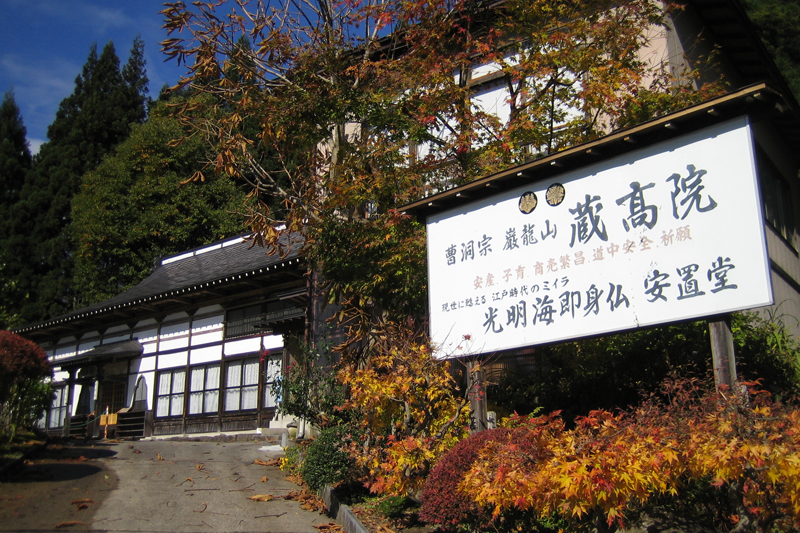
Komyokai, a monk at Mount Yudono, trained as a sokushinbutsu (self-mummified monk) and entered nirvana at Zotakain in 1854. In his will, he asked that his body be exhumed after 100 years, so his tomb was excavated in 1978 (Showa 53). The Shirataka Town Board of Education conducted an academic investigation with the cooperation of the national government and Niigata University School of Medicine, and he was then enshrined as a sokushinbutsu (self-mummified monk)
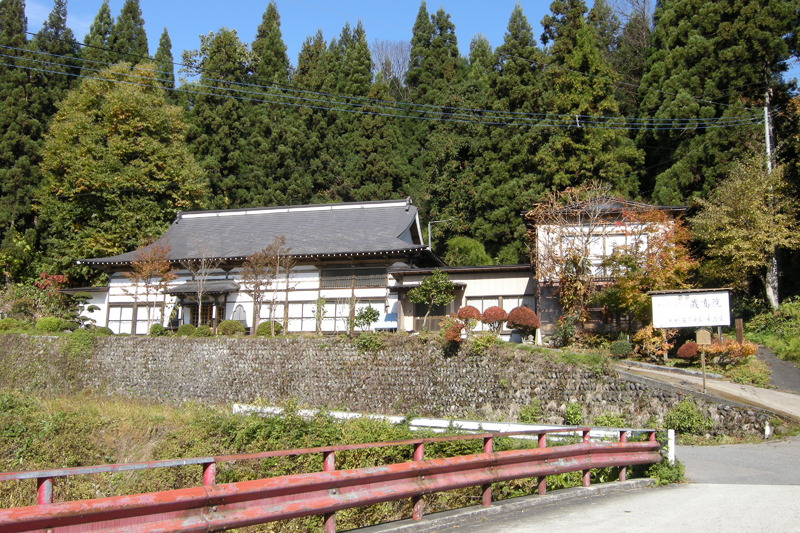
INFORMATON
- Facility name: Kuradouin
- Address: 544-1 Kurokamo, Shirataka-machi, Yamagata Prefecture
- Phone number: 0238-86-0086 (Shirataka Town Tourism Association)
- *For details, please contact the Shirataka Town Tourism Association
- access:
- Train: Approximately 10 minutes by taxi from Arato Station on the Yamagata Railway Flower Nagai Line
- By car: Approximately 60 minutes from Yamagata Expressway Yamagata Zao IC via National Route 286 and Route 13
- URL: Shirataka Town Tourism Association
GOOGLE MAP
Kameizan Myojuin Temple, where the self-mummified body of Myokai Shonin is enshrined
Myojuin is a temple in a private home in Yonezawa City, and Meikai is the only privately owned sokushinbutsu in Japan. The temple is open to the public on the 5th of every month
INFORMATON
- Facility name: Kameeizan Myojuin
- Address: 3675 Yanazawa, Yonezawa City, Yamagata Prefecture
- Phone number: 0238-21-6111 (Yonezawa City Board of Education)
- *For details, please contact the Yonezawa City Board of Education
- access:
- Train: Yamagata Shinkansen, JR Yonesaka Line, about 15 minutes by taxi from Yonezawa Station
- By car: Approximately 20 minutes from the Yonezawa-Hachimanbara Interchange on the Tohoku Chuo Expressway
- URL: Yonezawa City
GOOGLE MAP
Shoozan Joshin-an Temple, where the self-mummified body of a nun is said to be enshrined
Joshian in Yonezawa City is a temple where the father and son of Sato Masanobu, a vassal of Minamoto no Yoshitsune, are enshrined. A sokushinbutsu (some say a mummy) said to be Baishinni, the mother of the Sato brothers, was excavated from the temple grounds, and a tower has been erected on top of it. As it has not been identified, it is not included in the existing sokushinbutsu. It is not open to the public .
INFORMATON
- Facility name: Shoozan Joshinan
- Address: 2-2-29 Ekimae, Yonezawa City, Yamagata Prefecture
- Phone number: 0238-23-2353 (Joshinan)
- *For details, please contact Joshin-an
- Access: Train: Yamagata Shinkansen, JR Yonesaka Line, about 5 minutes on foot from Yonezawa Station. Car: About 8 minutes from Yonezawa-Hachimanbara IC on the Tohoku Chuo Expressway




